Why Will uST Complexes Last Longer Than Other Transport Systems?
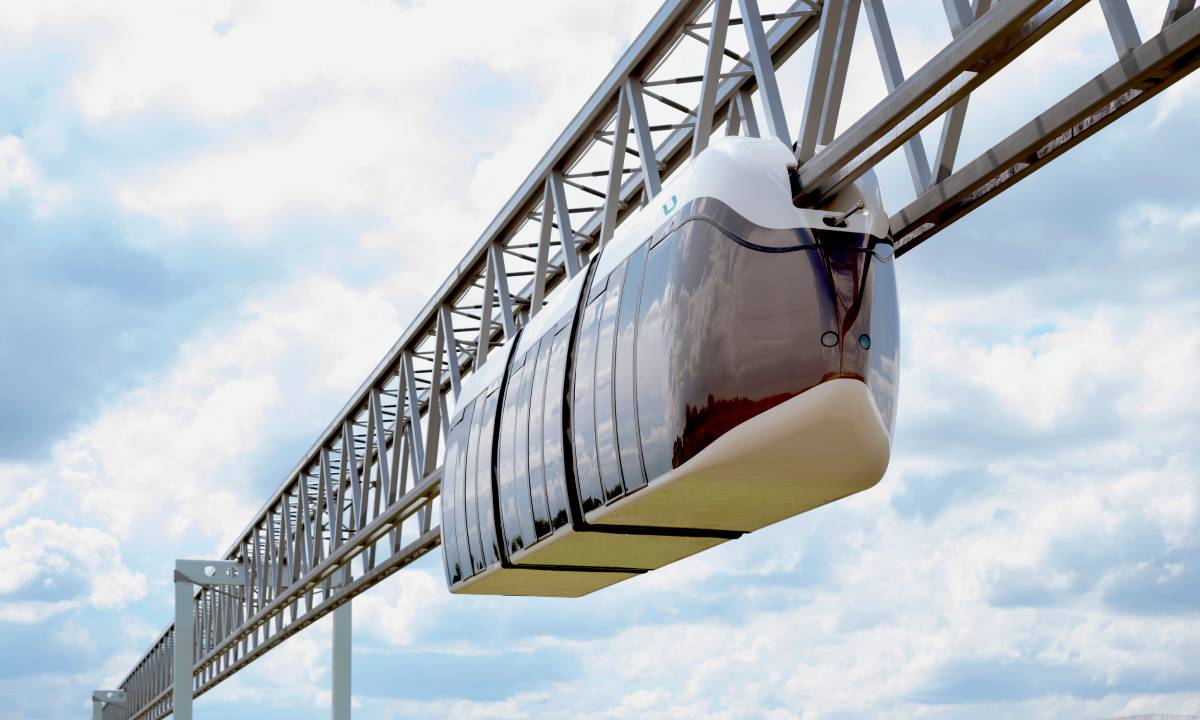
An important component of safe and economical transportation is a durable and reliable transport system. The more resistant its elements are to external influences and wear, the lower the maintenance and repair costs, as well as inconveniences for users. A long service life is an important argument in favor of choosing a particular solution. Our material will explain what prevents transport systems from remaining durable and how these problems are solved in uST complexes.
Cable Car: Frequent Replacement of Cables
Cable cars have low resistance to wear. Unlike rail systems, where trains move along durable steel tracks, cable cars’ wheels roll directly on the supporting ropes, creating the friction that weakens the cables structure. In addition, they are vulnerable to external factors, such as precipitation, strong winds, and low temperatures, which accelerate the wear and corrosion of steel structures. Even with regular maintenance and lubrication, ropes wear out faster than rail systems. As a result, a complete rope replacement is needed every 6-8 years.
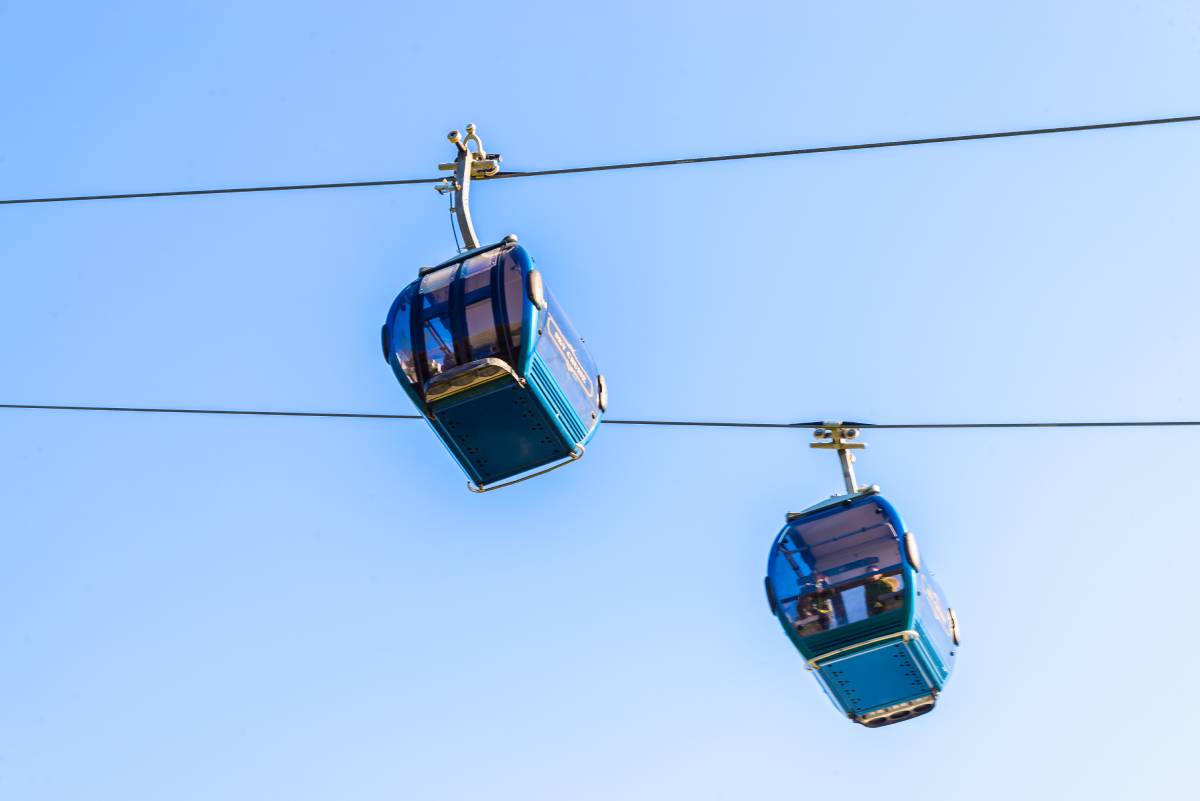
Monorail: Complex Repairs
In theory, the service life of a monorail track structure is 50 years, and the rolling stock lasts 10-15 years. However, in reality, things are more complicated. It's not easy to maintain a monorail and replace used parts on time due to the unique nature of each project and the variety of train types (suspended, mounted, contactless, magnetic cushion, etc.). Organizations that operate this transport face a shortage of spare parts. This was the case with the Moscow Monorail, which was launched in 2008 but already in 2017 began experiencing problems with wagon repairs. Trains began to run less frequently, and the track structure began to stand idle, because it is impossible to run a tram or subway train along one rail.
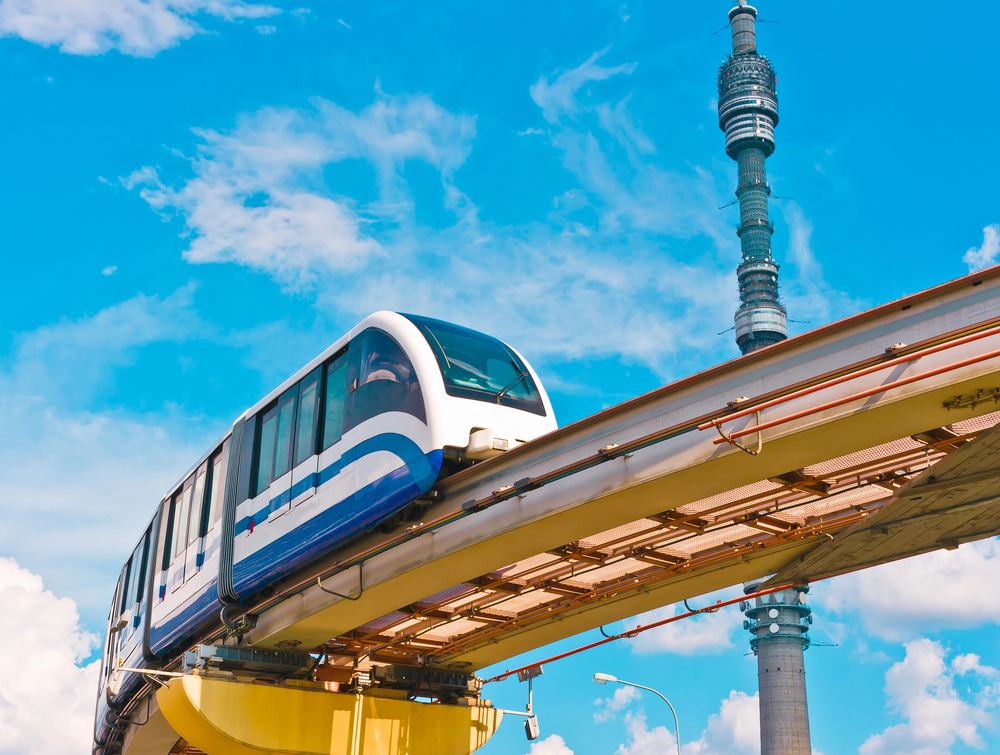
Motor Transport: Damage to Asphalt and Corrosion of Vehicles
The more traffic on a highway, the faster it will deteriorate. However, highways are affected not only by traffic volume, but also by natural conditions. For example, rainwater penetrates the pavement and remains there, freezing when it's cold, causing the asphalt to crack, and the coating quickly becomes unusable. If operating rules are followed carefully, the highway will be operational for 10 years. Major repairs can extend its lifespan by another five years.
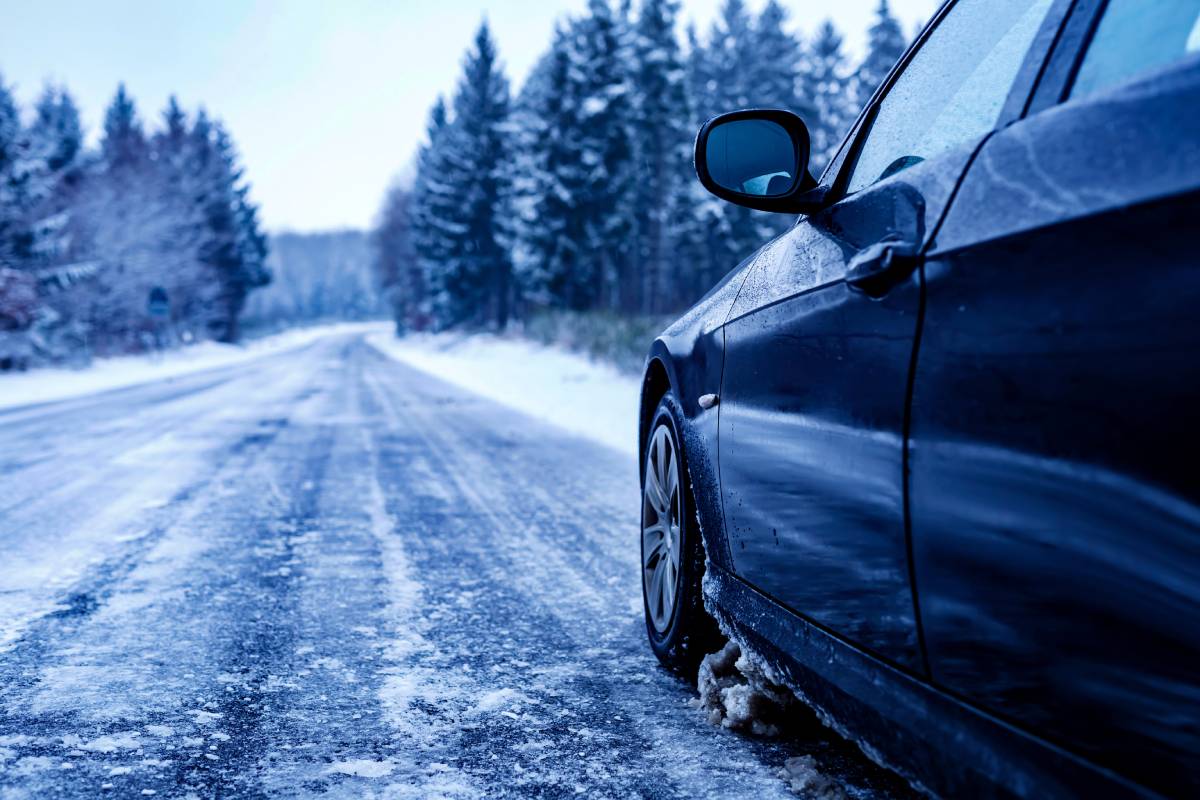
Cars, buses, and trolleybuses traveling along these roads are prone to rust. Destruction is accelerated by temperature and humidity fluctuations, as well as impacts from pebbles, sand, and other abrasive materials. The car bodies are also harmed by salt and sand that is spread on roads in winter to prevent slipping. Under these conditions, a steel body can only last a few seasons, which explains why the lifespan of vehicles is typically only 10 years.
Tram: Damage to Rails and Wires
Repairs to tram tracks may need to be done every few years. The interaction of the wheel-rail pair, as well as uneven joints of the rails and their deformation, most noticeable at the acceleration and deceleration points, lead to the rapid destruction of the tracks and the adjacent roadway. With proper maintenance and timely repairs, the rails can last up to 10-15 years before needing to be replaced.
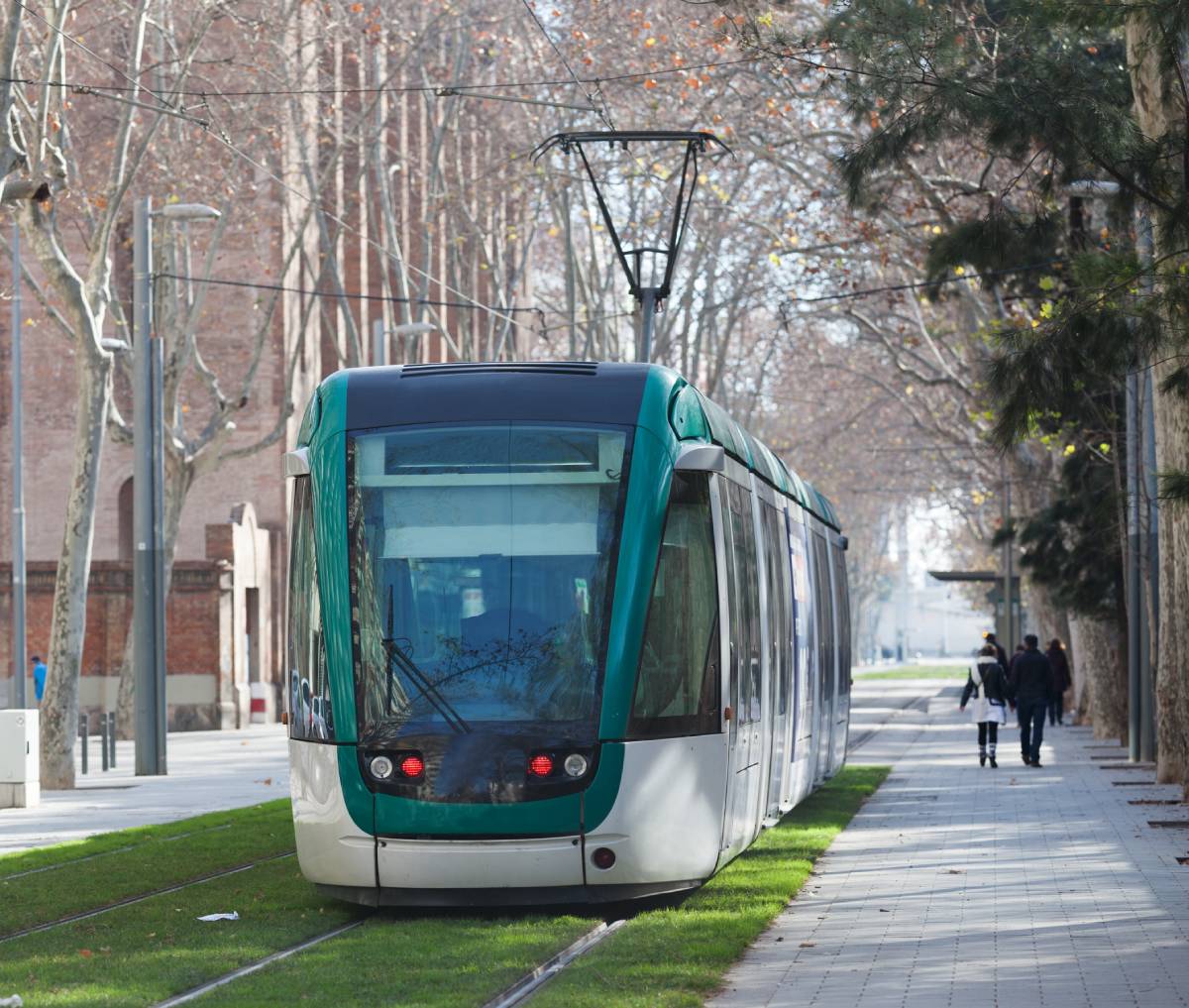
The tram contact network also needs to be repaired or replaced more frequently, due to its vulnerability to external factors and mechanical damage. On average, the network has a lifespan of 7-10 years.
uST Complex: Unique Solutions for Durability
The uST string rail overpass has a minimum service life of 50 years before major repairs. This is thanks to a number of effective solutions.
The track structure located above ground is resistant to external influences: it will not be washed away by heavy rains and will not be destroyed by soil fluctuations. It is designed to withstand temperature fluctuations from -40 to +60 °C, and thanks to the prestressed structure it can withstand winds of up to 90 km/h and, in a special version, up to 250 km/h.
Galvanizing is used to protect the string rail elements from corrosion, while bolted joints are protected from moisture with special preservative compounds. The inside of the rail is filled with a special mixture that enhances the durability and corrosion resistance of the prestressed strings.
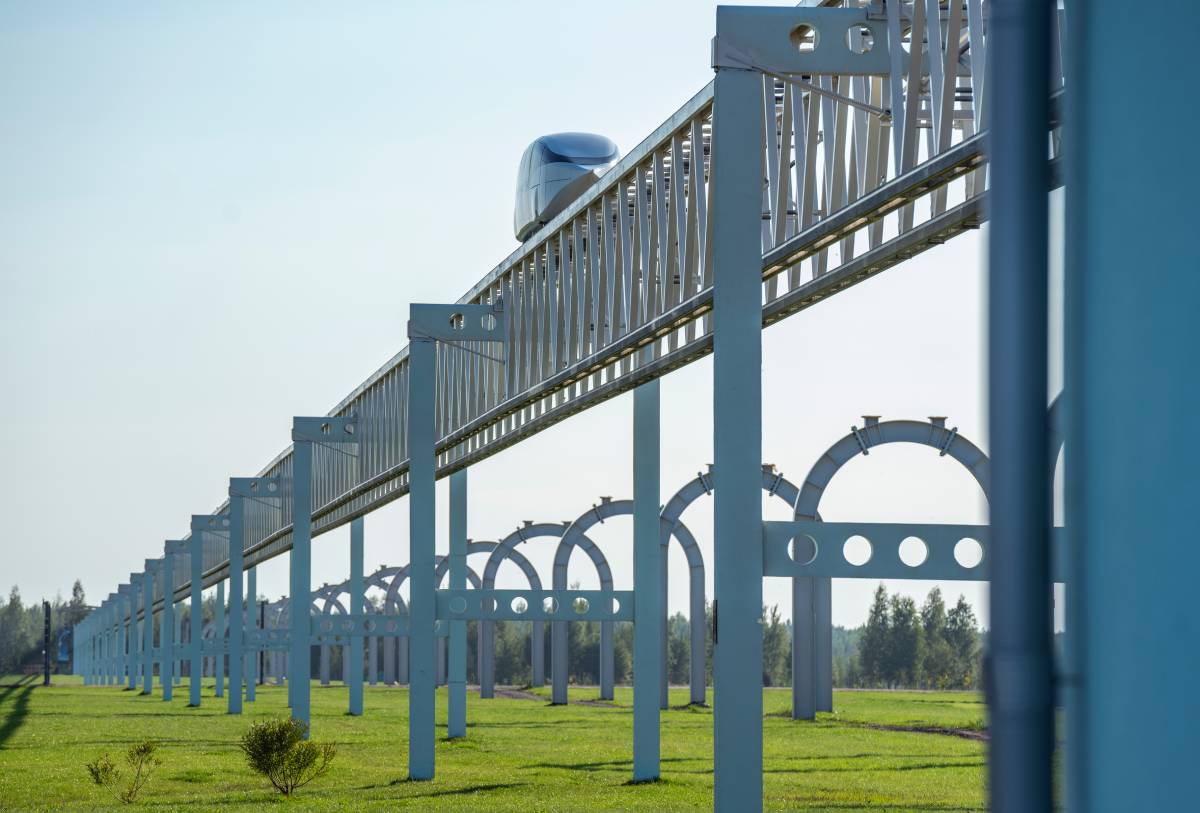
Unmanned electric rail vehicles wear out the coating minimally due to the use of an uncut track structure and a “cylindrical wheel – flat rail head” pair.
uPods can be operated safely and efficiently for at least 25 years. Composite, i.e. multicomponent, materials that protect the equipment from external influences and prevent premature wear are involved in the module cladding. Movement on the second level allows uST transport to avoid the destructive effects of deicing mixtures. uPods also use a drainage system to prevent water accumulation.
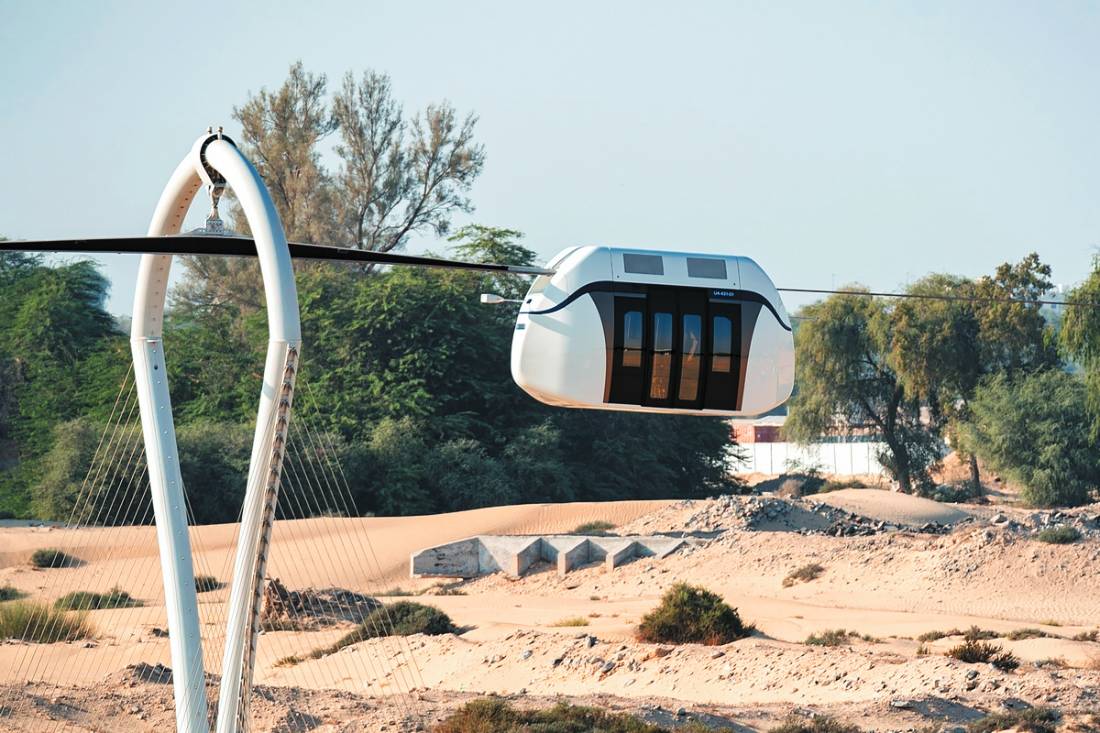
As you can see, the uST complex will last longer than other transport alternatives. Meanwhile, its maintenance requires only a pre-trip inspection of the rolling stock, an interval inspection of the track structure by automatic devices, as well as testing of the automated control system and related subsystems. The engineering solutions used to create the complex will help to avoid unnecessary costs and ensure uninterrupted transportation over a long period of time.
More news
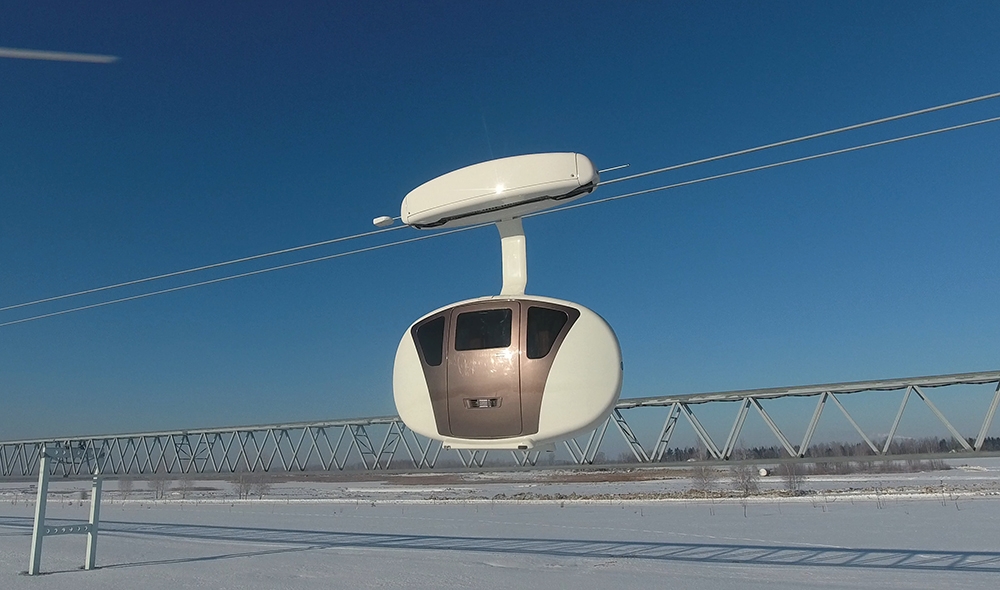
Opinion
14 Junе 2022
Mass Media: uST Transport and Infrastructure Solutions to Make Life in the Far North Comfortable
Last week, the International Arctic Summit ended in Russia. During the event, Unitsky String Technologies Inc. offered solutions on the development of the Far North. They have aroused interest not only among the forum participants, but also among many Russian media.

News
24 Junе 2022
Unitsky String Technologies Inc. Takes Part in the International Business Forum in Rwanda
Unitsky String Technologies Inc. presented its transport and infrastructure solutions at the CHOGM Rwanda 2022 Business Forum. Participation in the event, held in the capital of Rwanda, allowed the company to profile itself in the market of transport and logistics services of the East African region.
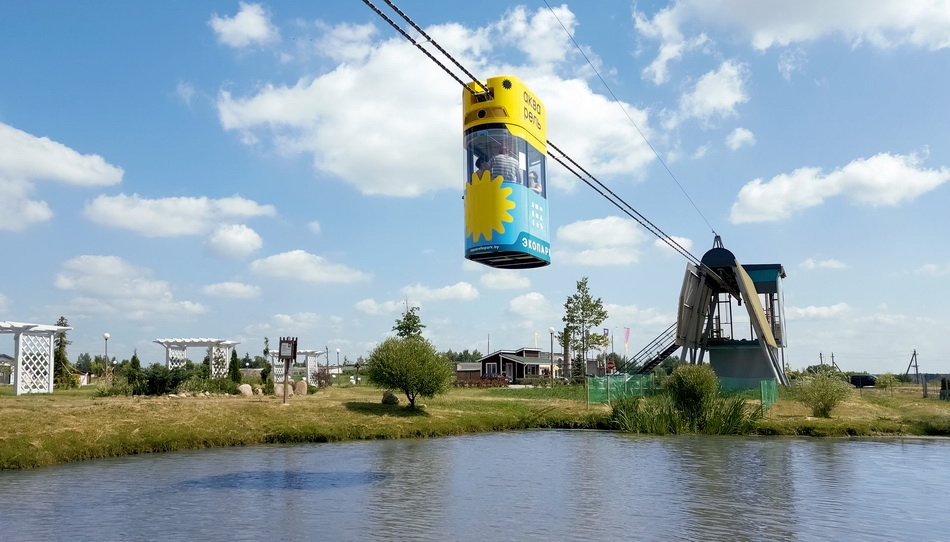
uLite
2 July 2025
“It would be nice to watch the city traffic jams from above”: uLite passengers share their impressions
One of the first commercial projects by Unitsky String Technologies Inc., the uLite complex is fulfilling its mission, operating within the Aquarelle Ecopark in Maryina Gorka, Belarus. During the summer season, a ride in the uPod becomes especially enjoyable.

